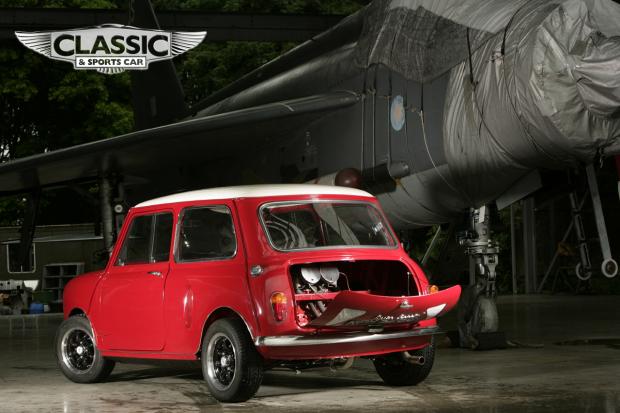|
|
|
Nov 18, 2019 10:33:10 GMT
|
The Lancia 037 was the last 2 wheel drive world champion before the 4 wheel drive cars took over Group B. Like the 1977 Ferrari 312T2 was the last non ground effect Formula 1 world champion before the ground effect cars ( introduced with the Lotus 78 ) Pic of Regazzoni, but the champ was Lauda.  |
| |
|
|
|
|
|
|
|
Nov 22, 2019 22:55:59 GMT
|
Successful Flat 12 engined racing car? Here's my favourite looking racing car of all time: 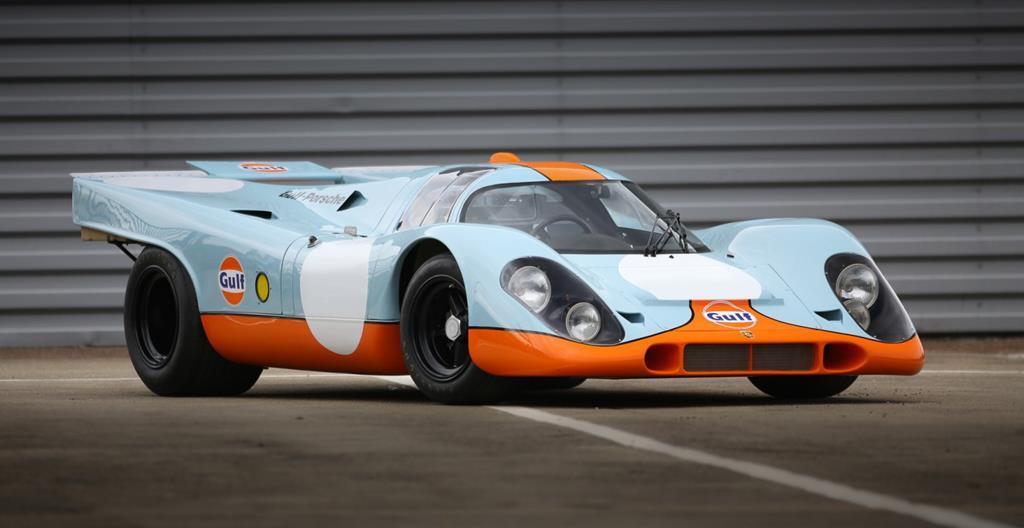 |
| |
|
|
|
|
|
Nov 24, 2019 19:31:07 GMT
|
The most common material for racecar spaceframe chassis' was mild steel tubing. The 917 had a spaceframe made out of aluminum tubing. Which gave some challenges, specially with cracking. So they pressurised ( some say vacuum )the entire chassis and put a gauge on it. That way they could tell there was a crack. Another racecar with an uncommon material for its chassis was the 1964 Mickey Thompson indy car. The car Dave macDonald lost his life in. One out of a team of 3, but the only one with a spaceframe made out of titanium tubing. It is said that the lesser torsional rigidity of that chassis was one of the strikes against it. Others were horrible aerodynamics ( although they were able to get rid of some of the lift by cutting pieces off the body ) And severely compromised geometry ( the car was designed to run on 12" wheels, but a last minute rule change put it on 15's) Several high profile drivers knew it had problems , Graham Hill called it diabolical and Jim Clark told Dave macDonald " just walk away mate" But he didn't and a massively talented driver was lost. The crash also claimed the life of Eddie Sachs, who was one of the old time Indy favorites. The crash and all the circumstances around it turned Mickey Thompson into a pariah at Indy. ( although he did return with other, unsuccessful, cars) 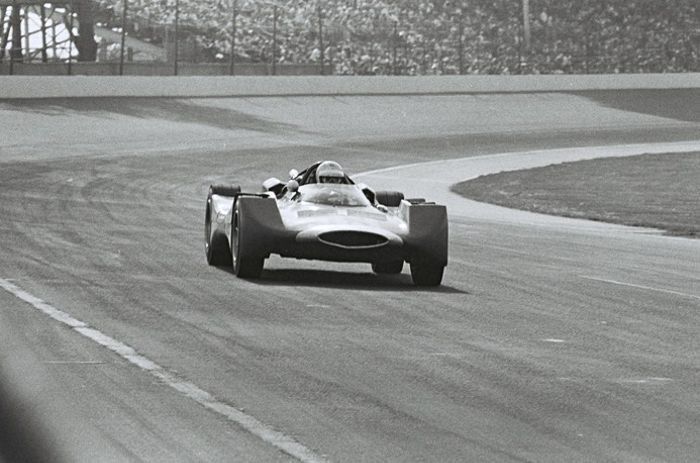 |
| |
|
|
|
|
|
|
|
|
This one dropped to page 6...
Is it dead?
|
| |
|
|
|
|
|
|
|
|
Not if you can find a link to the last one.
|
| |
|
|
|
|
|
Jan 27, 2020 12:05:56 GMT
|
I could. Mickey Thompson built and competed in lots of cars. Some very successful. But I posted the last link so that probably wouldn't be right...  |
| |
|
|
vulgalour
Club Retro Rides Member
Posts: 7,287
Club RR Member Number: 146
|
|
Jan 27, 2020 12:09:42 GMT
|
Here's a link. This Honda Civic is wearing Mickey Thompson tyres front and rear.  |
| |
|
|
|
|
|
Jan 27, 2020 20:19:03 GMT
|
The most obvious configuration for a drag racer is rear wheel drive. But other configurations have been tried, like this Honda Civic. Another from the past is the four wheel drive, twin Holden powered , "the Thing", built by Australian Bob Gaudie. Each engine drove a axle, and the front axle was a combination of Holden FJ and Landrover parts. And rolling on widened Morris Minor wheels. 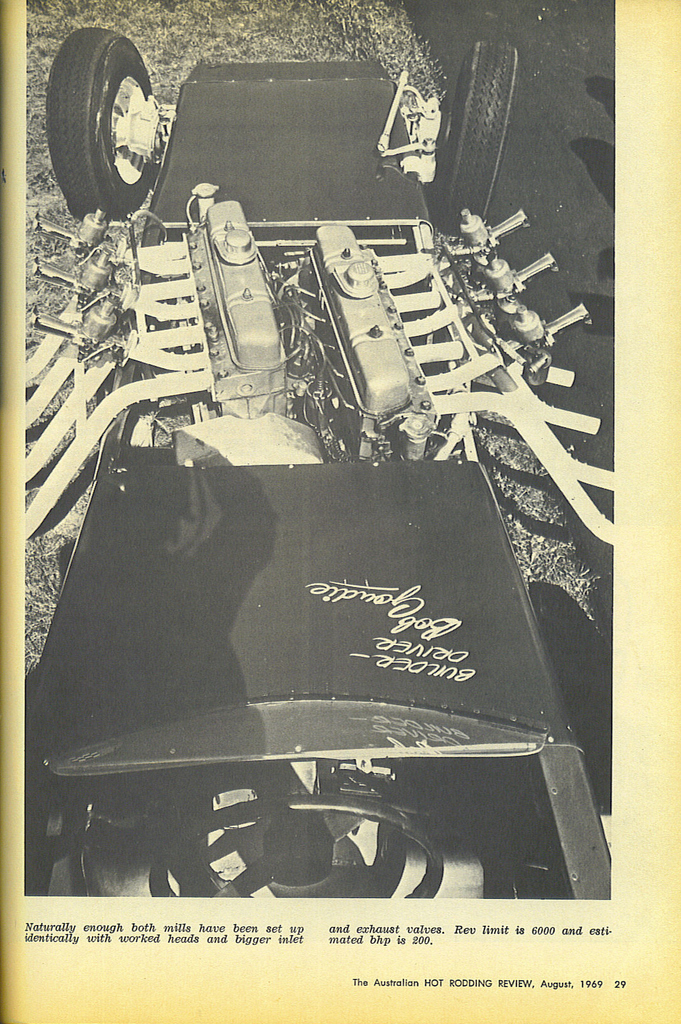 From what I've read, it was not very successful. ( Underpowered, overweight, and evil handling ) But going by these pics, it still exists...  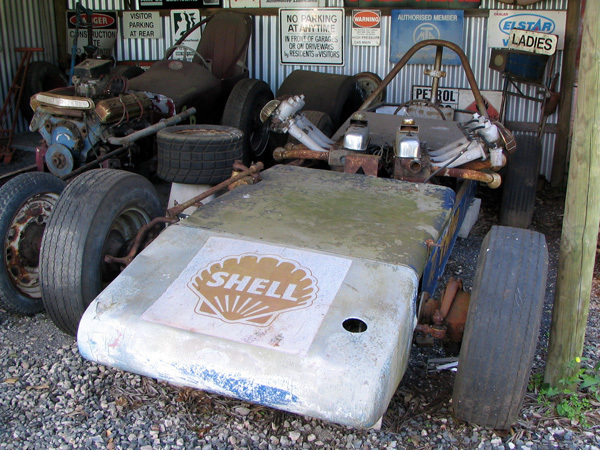 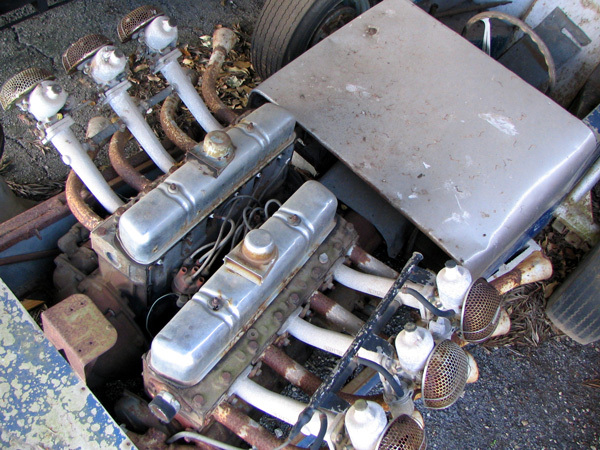 |
| |
|
|
|
|
|
Jan 27, 2020 20:57:31 GMT
|
|
|
| |
|
|
|
|
|
Jan 27, 2020 20:58:27 GMT
|
Not if you can find a link to the last one. Exactly. This thread never has to end as long as poeple can keep finding out interesting and informative links! |
| |
|
|
|
|
|
Jan 27, 2020 23:25:21 GMT
|
Okay, we can pick it up easily with this Twin engine theme.... I would say that this humble little thing is possible one of the most well known twin engined? car 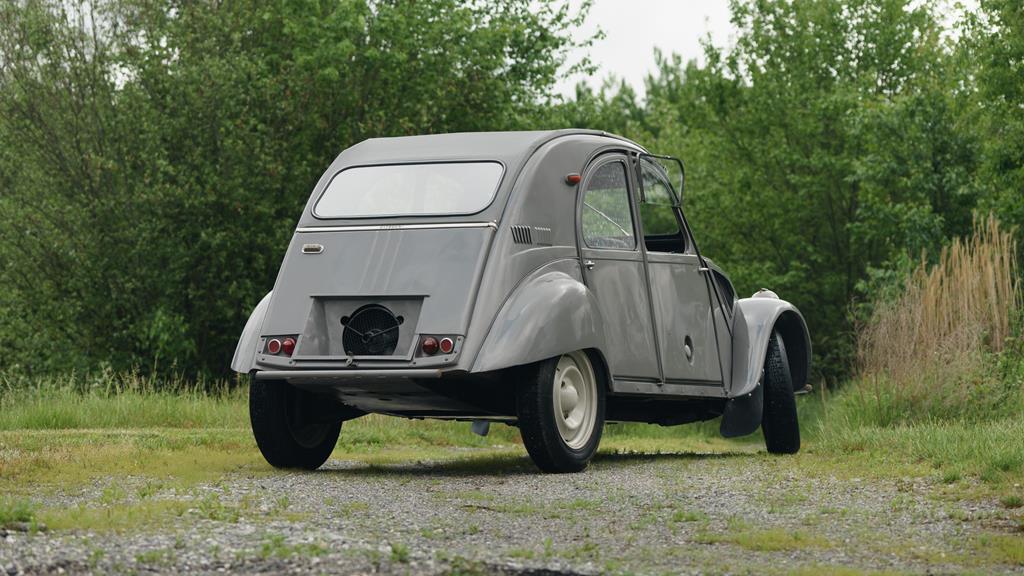 |
| |
|
|
dikkehemaworst
Club Retro Rides Member
Posts: 1,638
Club RR Member Number: 16
|
|
Jan 27, 2020 23:55:40 GMT
|
From the same makers, but totally different: an GS with A two rotor engine was launched in 1973. Dubbed the Citroën GS Birotor (also called Citroën GZ), it featured a much more powerful 79 kW (106 hp) Wankel birotor produced by the joint NSU-Citroën Comotor project. This style of motor is noted for its smooth power delivery which complemented the luxurious ride quality of the hydropneumatic suspension. Even better, the engine was small relative to its power, an advantage for Tax horsepower calculations, which drive automobile design in France.  The Citroen GS ( GZ)  The bi-rotor engine  1975 GS Birotor interior The Birotor was extensively re engineered for the Comotor 624 engine. Discs all around (ventilated in front), different wheels with a five-bolt pattern rather than three, and a three-speed semi-automatic transmission were combined with a more luxurious interior and flared fenders to set the Birotor apart from its lesser siblings. The Birotor cost as much as the larger Citroën DS, and 70% more than the standard GS. The fuel economy was worse than the largest DS - the DS23EFI. Since it was not economical for its size, and was launched in October 1973, the exact start of the 1973 oil crisis, the Birotor version achieved poor sales and was quickly pulled from the market, after 847 units were sold. The sales were so disappointing that Citroën attempted to buy back and scrap each Birotor, as it did not want to support the model with spare parts. A few of these remarkable vehicles have nonetheless survived in the hands of collectors, many without titles for some time as Citroën did not want to recognize the cars. |
| |
|
|
|
|
|
Jan 28, 2020 11:06:40 GMT
|
Even GM looked seriously into the Wankel Engine. They had planned a 2 rotor Chevy Vega for '74, and they built a mid engine 4 rotor Corvette prototype. 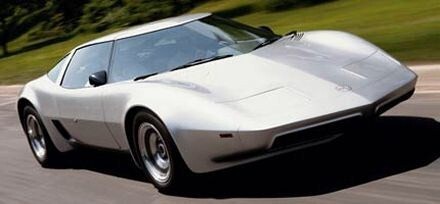 |
| |
|
|
|
|
|
Jan 28, 2020 11:31:12 GMT
|
Is this possibly the best looking rotary car? 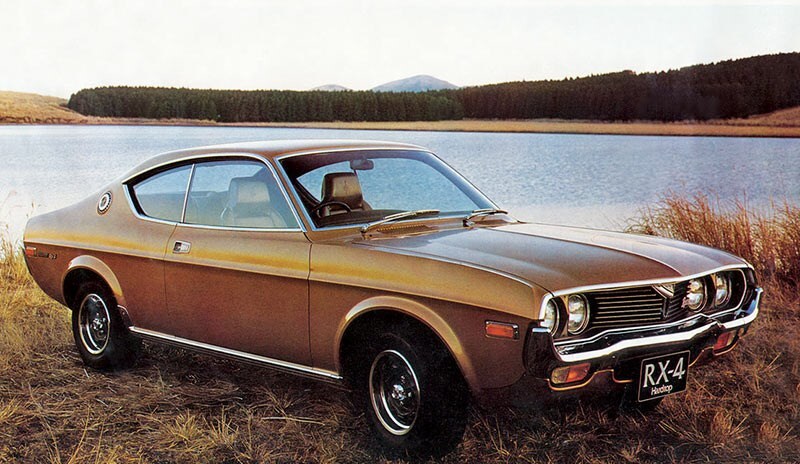 |
| |
|
|
|
|
|
Jan 28, 2020 12:25:43 GMT
|
Indeed a lovely looking car. Now I don't know anything about The Mazda RX4 but if you rearrange (sort of) the name you get the Sierra XR4 (with an additional i) here as Sylvia Hauser's Super Gas drag car. 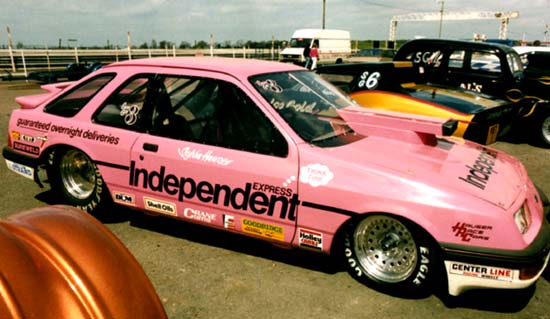 The limited number of good photos of this lead me to conclude it no longer exists, but I'll always remember it as it was in one of the first copies of Custom Car I bought as a child |
| |
|
|
|
|
|
Jan 28, 2020 18:09:50 GMT
|
"Back in 1981, when the development of the Ford Sierra (project Toni), was reaching its latter stages of its development, management felt the need soften the buying public. The styling, penned by Patrick Le Quement, was as avant garde as its predecessor, the Cortina’s, was conservative. So, the design team produced a more extreme version designed to continue the Ford Probe line of concepts that started in 1979, and rolled it out at the Frankfurt motor show in September 1981 – a year before the production Sierra was due for launch." This more extreme version was the Probe III.  |
| |
|
|
|
|
|
Jan 29, 2020 11:59:33 GMT
|
The car on which Ford eventually used the Probe name in production didn't hit the streets until 1989. The interesting story about it is that it was originally intended to be a replacement for the then aging Fox body Mustang, but when enthusiasts got wind of a 4 cylinder, front wheel drive vehicle wearing the Mustang name, the opposition expressed in letters and calls hit volumes that changed Ford's mind. Thus we got the Probe, and shortly thereafter the SN95 Mustang.  |
| |
|
|
rodharris83
Club Retro Rides Member
Day Dreamer...
Posts: 776
Club RR Member Number: 4
|
|
Jan 29, 2020 13:21:53 GMT
|
The Ford Probe used the same Mazda Platform (GD) as the First generation MX-6: 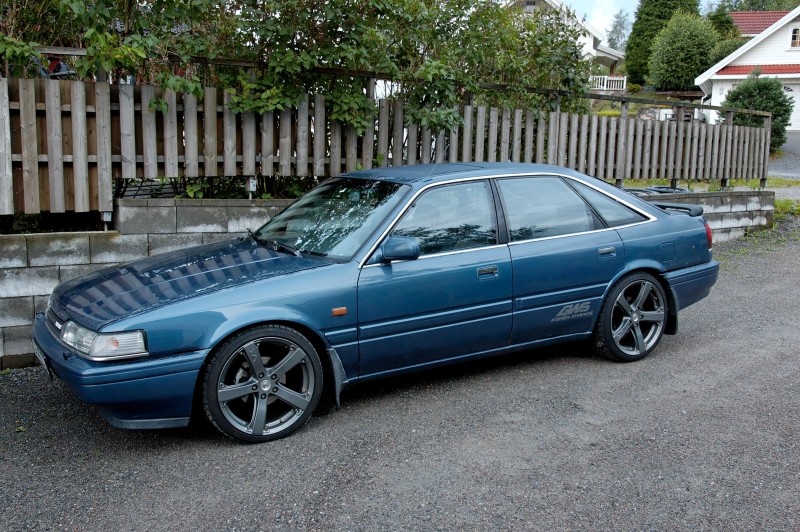 |
| |
|
|
|
|
|
Jan 30, 2020 19:38:33 GMT
|
did someone say mazda and ford ? did you know that by the mid 1990s ford owned 33% stake in mazda ? 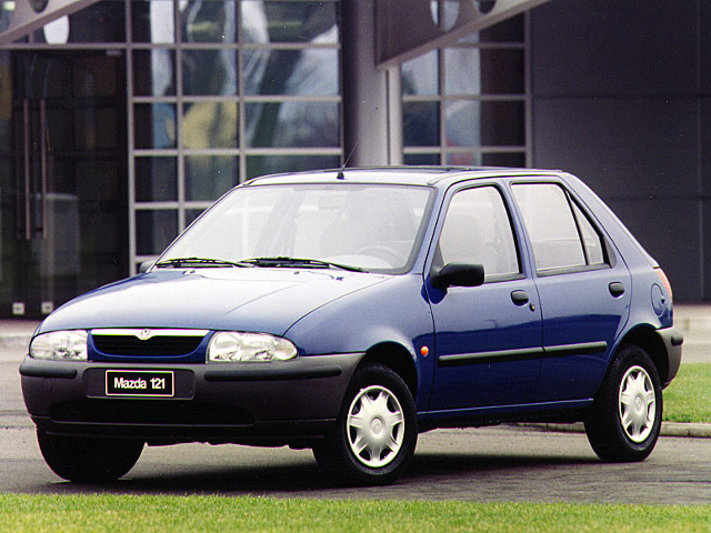 |
| |
Last Edit: Jan 30, 2020 19:38:49 GMT by darrenh
|
|
|
|
|
Jan 30, 2020 20:01:24 GMT
|
Well before we get stuck in a Ford-Mazda feedback loop, we can go from a badge engineered Fiesta to a previous car to use that name, The 1953 Oldsmoble Fiesta Convertible.  |
| |
|
|















